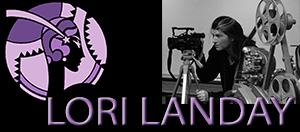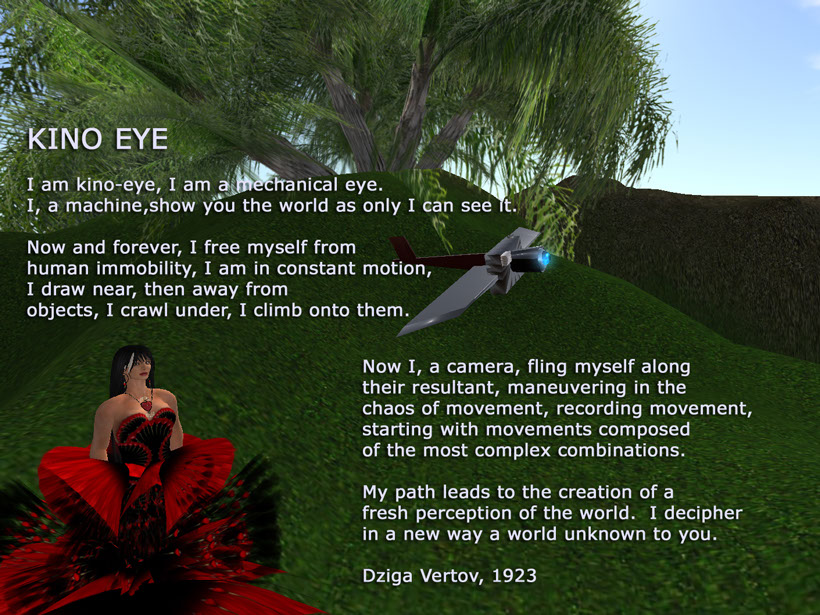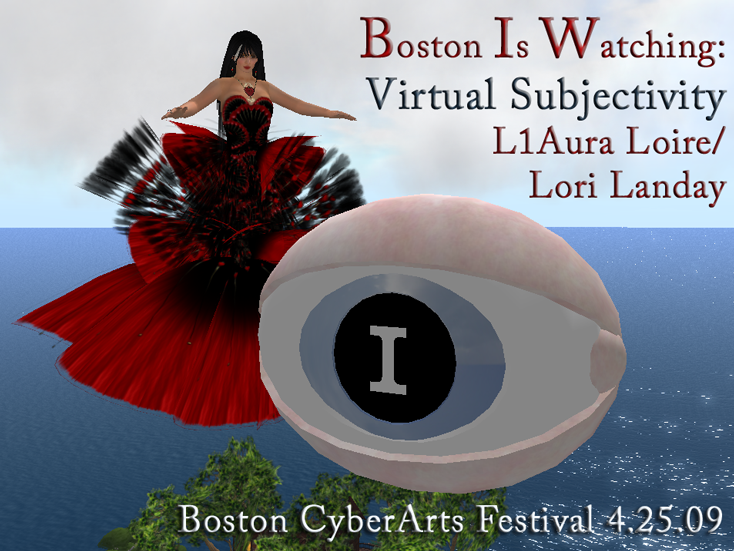
Although many people understand intellectually how performance capture works to combine CGI (computer-generated imagery) and live action footage in movies like Avatar (dir. James Cameron, 2009), and are increasingly accustomed to having a graphical representation of themselves on a screen in a video game or other application, the experience of having a virtual counterpart that you can control with your body, a virtual shadow, if you will, is still novel. This proposed project intends to make an interactive art installation experience in which participants engage in performance animation, using motion capture technology in real time to create a character performed by the participant, raising philosophical issues about embodiment, presence, the virtual,performance, and interactivity.
Using a Unity3D environment, Kinect and Leap motion sensors, and software including Max/MSP, OSCeleton, Animata, Quartz Composer, and Adobe After Effects, particioants in the interactive installation will experiment and play with projected images , shadows, animations, and controllers.


VIRTUAL KINO-EYE
The collapse of distance, the aim for affect rather than emotion, is, I think what excited Dziga Vertov in the 1920s when he developed the concept of the kino-eye in his writing and film. The kino-eye, “the mechanical eye” is both technology as an extension of the body, a use of the camera to extend the filmmaker’s –and spectator’s—vision, and also a perspective outside the human body, kinetic, active, superior.
It is not only vision, or how the camera can surpass the physical limitations of human perception, that interests Vertov, but embodiment itself, albeit enframed in 1923 by the possibility and limits of silent film, as he indicates when he shifts into the first person to declare:
I am kino-eye, I am a mechanical eye. I, a machine, show you the world as only I can see it.
Now and forever, I free myself from human immobility, I am in constant motion, I draw near, then away from objects, I crawl under, I climb onto them. I move apace with the muzzle of a galloping horse, I plunge full speed into a crowd, I outstrip running soldiers, I fall on my back, I ascend with an airplane, I plunge and soar together with plunging and soaring bodies. Now I, a camera, fling myself along their resultant, maneuvering in the chaos of movement, recording movement, starting with movements composed of the most complex combinations.
Consider those verbs: crawl, climb, plunge, fall, ascend, soar, fling. This is the stuff of ilinx, kino-eye participating in movements that like, to quote Caillois, “provoke these sensations [of ilinx], such as the tightrope, falling or being projected into space, rapid rotation, sliding, speeding, and acceleration of vertilinear movement” (24).
The virtual kino-eye, the use of the camera function in 3D environments, based on the metaphor of the kino-eye but truly released from physical limitations, is a way not only of "filming" in digitally created worlds like machinimatography in games or virtual worlds, or CGI models, but also of experiencing 3D environments, and is an element in a new virtual subjectivity.
Previous work:
"Virtual Subjectivity." Presentation, Immersive Education Iniative Media Grid Summit, Boston College, April 2010.
"Virtual KinoEye: Kinetic Camera, Machinima, and Virtual Subjectivity in Second Life." The Journal of e-Media Studies 2 (1) (2009).
Tour of "The Future of Virtual Subjectivity, a Virtual Art Installation by L1Aura Loire." Presentation at Fiteiro Cultural in Second Life, shown live at Mercosul Biennial of Porto Alegre, Brazil, November 2009.
"Virtual Art, Virtual Subjectivity.” Presentation at National Writer's Union Digital Media Conference, Northeastern University, Boston, October 2009.
“The Future of Virtual Subjectivity, a Virtual Art Installation by L1Aura Loire.” Presentation at Fiteiro Cultural in Second Life, shown live at Utopics Swiss Sculpture Exhibition, Biel/Bienne, Switzerland, August 2009.
“Virtual Art, Virtual Aura.” Presentation for Panel Discussion, Brooklyn Is Watching Best of Year One Festival. Jack the Pelicans Presents Gallery. Brooklyn, NY, July 2009.
"Virtual Subjectivity." Presentation, Boston CyberArts Festival, 2009.
"Virtual KinoEye: Mutability, Kinetic Camera, Machinima, and Virtual Subjectivity in Second Life." Paper, Media in Transition 6: stone and papyrus, storage and transmission, MIT, Cambridge, MA, April 2009.
"Keynote Presentation, "Digital Transformations and Conversions in Art- Web 2.0 and Beyond: Virtual Subjectivity," (starts at 17:00) NMC (New Media Consortium) Symposium on New Media and Learning, March 2009.























